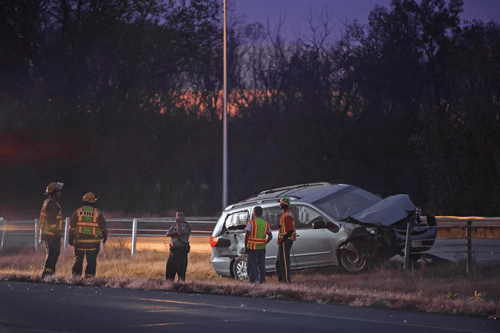Crash data

The Traffic Safety Unit in the Office of Traffic Engineering maintains a crash database and provides crash data procurement and analysis. The data is gathered from multiple sources of information and assists in the planning of safety programs and projects. It is important that the data is accurate and timely. There are five basic components in the hazard identification process:
- Establish a crash records database and safety objectives
- Review the crash records, identify crash frequencies/rates, compare to safety objectives and identify potential problem locations
- Develop alternative mitigation strategies
- Implement safety projects
- Evaluate the effectiveness of safety projects through a before/after or other appropriate study.
Crash data requests
Choose your role to find the appropriate way to request crash data.
Please allow ample time to process any request. The major limitation is the availability of the data and the resources to fill a request.
All information is prepared annually upon the completion of the Department of Public Safety's Crash Facts.
Resources and information
Fatality statistics
Facts and trivia
Minnesota Crash Mapping Analysis Tool - MnCMAT
Crash rate calculator
Crash Modification Factors Clearinghouse
Converting MNCrash Data to a Mappable Format (PDF)
House District Crash Data
2018-2022 (PDF)
Senate District Crash Data 2021-2022
(PDF)
Strategic Highway Safety Focus Area Crash Information
- Bicyclist (PDF)
- Commercial Vehicle (PDF)
- Impaired (PDF)
- Inattentive (PDF)
- Intersection (PDF)
- Lane Departure Head-on (PDF)
- Lane Departure Run-off-road (PDF)
- Motorcycle (PDF)
- Older Driver (PDF)
- Pedestrian (PDF)
- Speed (PDF)
- Train (PDF)
- Unbelted (PDF)
- Unlicensed Driver (PDF)
- Work Zone (PDF)
- Younger Driver (PDF)

